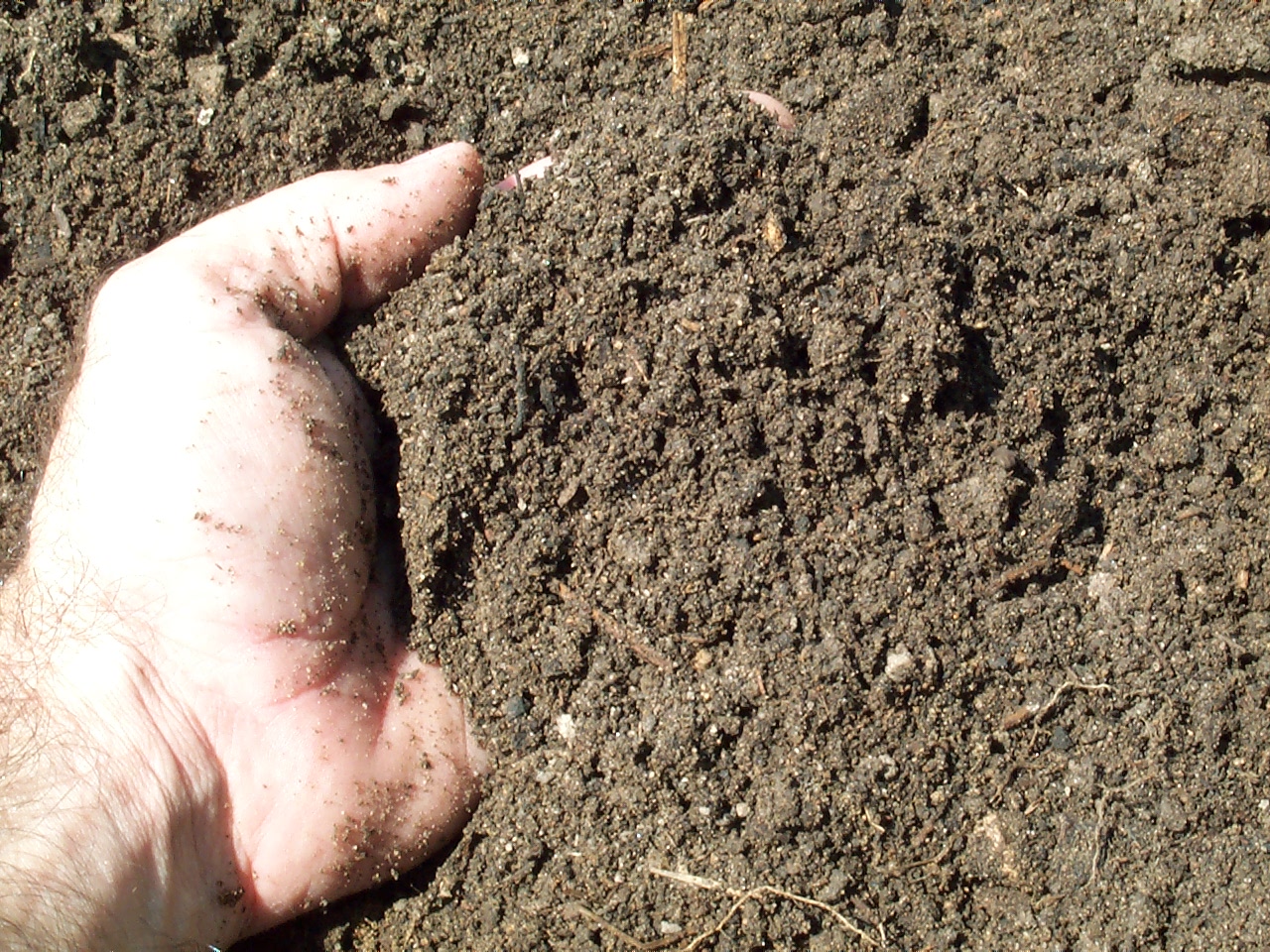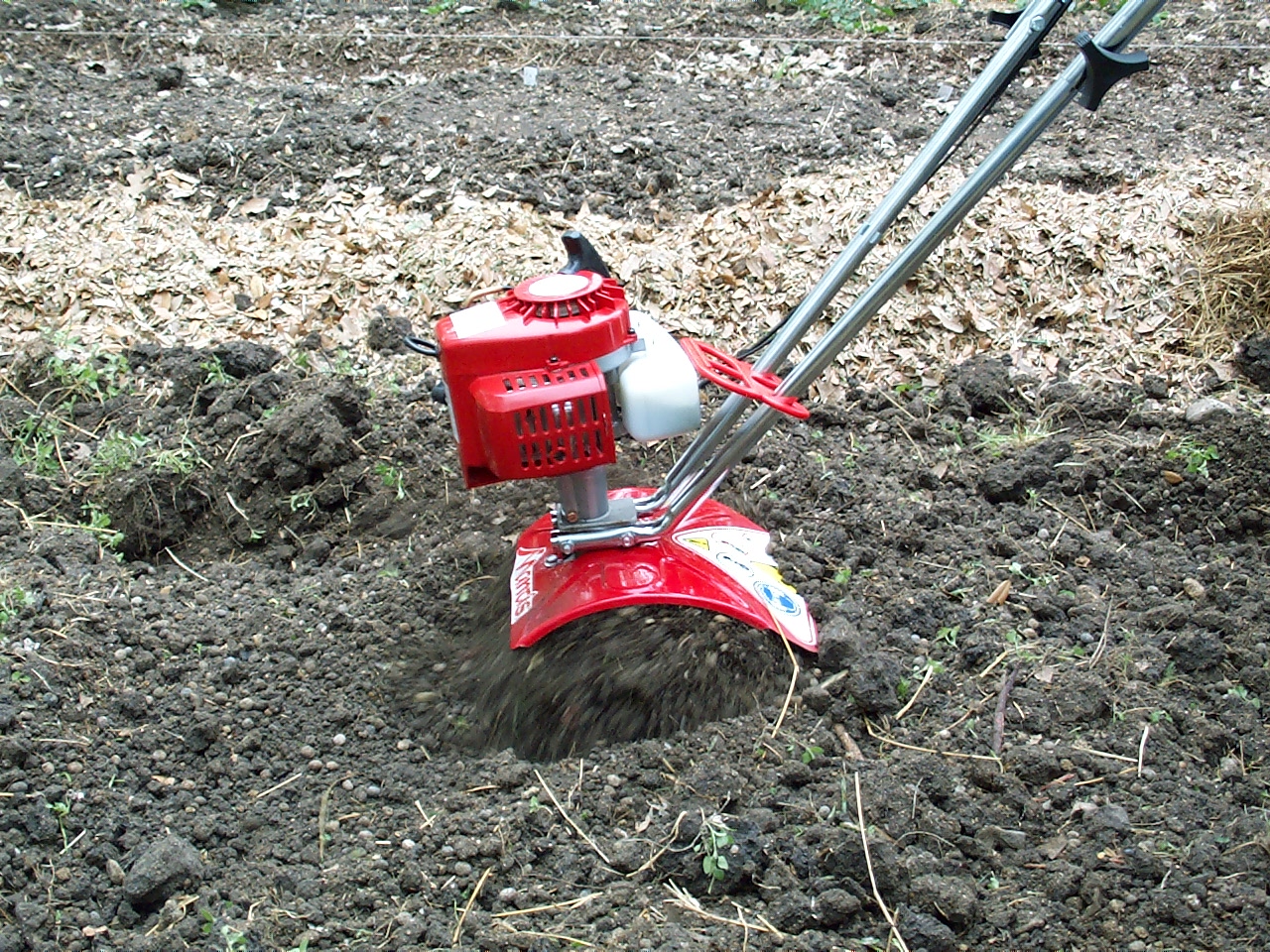Get the Soil Right and Garden Will Thrive
 It may sound like a play on words, but it’s true that all good gardens begin in the soil. Most of us start off with something less than ideal when it comes to a garden spot, especially if you live in an urban area that has had the native soil scraped away as part of the housing development. Too sandy, too clayey, too thin, you name it; we’ve got it here in central Texas. But we can still improve our soil and turn our landscape into a place of beauty.
It may sound like a play on words, but it’s true that all good gardens begin in the soil. Most of us start off with something less than ideal when it comes to a garden spot, especially if you live in an urban area that has had the native soil scraped away as part of the housing development. Too sandy, too clayey, too thin, you name it; we’ve got it here in central Texas. But we can still improve our soil and turn our landscape into a place of beauty.
Two Ways to Improve Soil: Build it or Buy it
There are two basic ways to improve your soil:
- Blend in compost to improve its structure, nutrient content and ability to hold moisture while at the same time draining well during periods of wet weather.
- Bring in a soil mix to spread out over an area or to build raised beds for growing flower, shrubs, and vegetables.
Let’s take a look at each of these approaches to soil building.
If your soil has adequate depth and simply needs some improvement, spread several inches of compost over an area and mix it in as deeply as you can. This will enhance the soil in the root zone of the plants and improve your gardening results dramatically.
If you have a spot that is poorly drained or where there is only a thin layer of soil over underlying rock it may be best to bring in a special soil mix to build up your soil depth for gardening. These mixes come in many forms and typically have a blend of loam or sand along with composted bark, manure, or other decomposed organic matter. They have names like bed mix, planting mix or landscaper’s mix.
Blend New Soil into Existing Site
 Rather than lay this material directly on the surface it is best to spread out a few inches and then rototill or spade it into the existing soil on the site. Then spread more over the area to build up the soil to the desired depth. This blending technique will prevent the dramatic interface between two different types of soil that can impede root penetration and may result in a “perched water table” as water will not readily move from the loose, compost enhanced mix into an underlying clay layer.
Rather than lay this material directly on the surface it is best to spread out a few inches and then rototill or spade it into the existing soil on the site. Then spread more over the area to build up the soil to the desired depth. This blending technique will prevent the dramatic interface between two different types of soil that can impede root penetration and may result in a “perched water table” as water will not readily move from the loose, compost enhanced mix into an underlying clay layer.
The single best thing all gardeners can do is to improve to their soil before placing the first plants or seeds in the ground. Whether that means adding compost to improve the quality of the soil or bringing in a special soil/compost blend to increase the depth of the soil, first prepare the soil and then plant the plants.
Soil building saves you money in the long run with less need to replace lost plants, lower water use, and reduced fertilizer and pesticide applications. It also mean more beautiful and productive gardens.
Additional Resources for Soils and Composting
Soils and Composting for Austin Overview
Using Coffee Grounds in the Garden
How to Take A Soil Sample
Texas A&M AgriLife Extension Soil, Water, and Forage Testing Laboratory
Calculate Amount of Soil, Mulch, or Compost to Purchase or Make
Web Soil Survey – find your soil series
Compost Brings Life
Don’t Bag it, Compost it!
Leaf Management Plan
Recycling Leaves – From Trash to Treasure
Vermiculture
